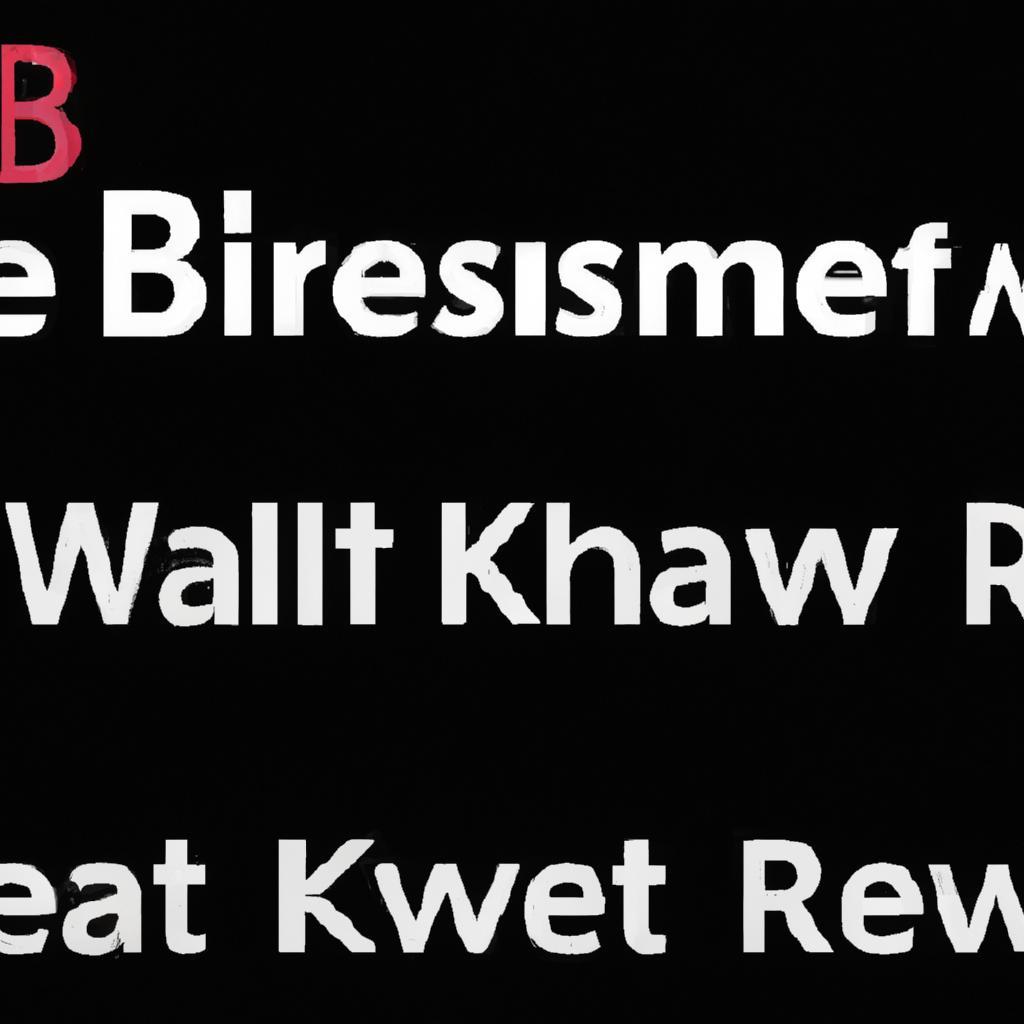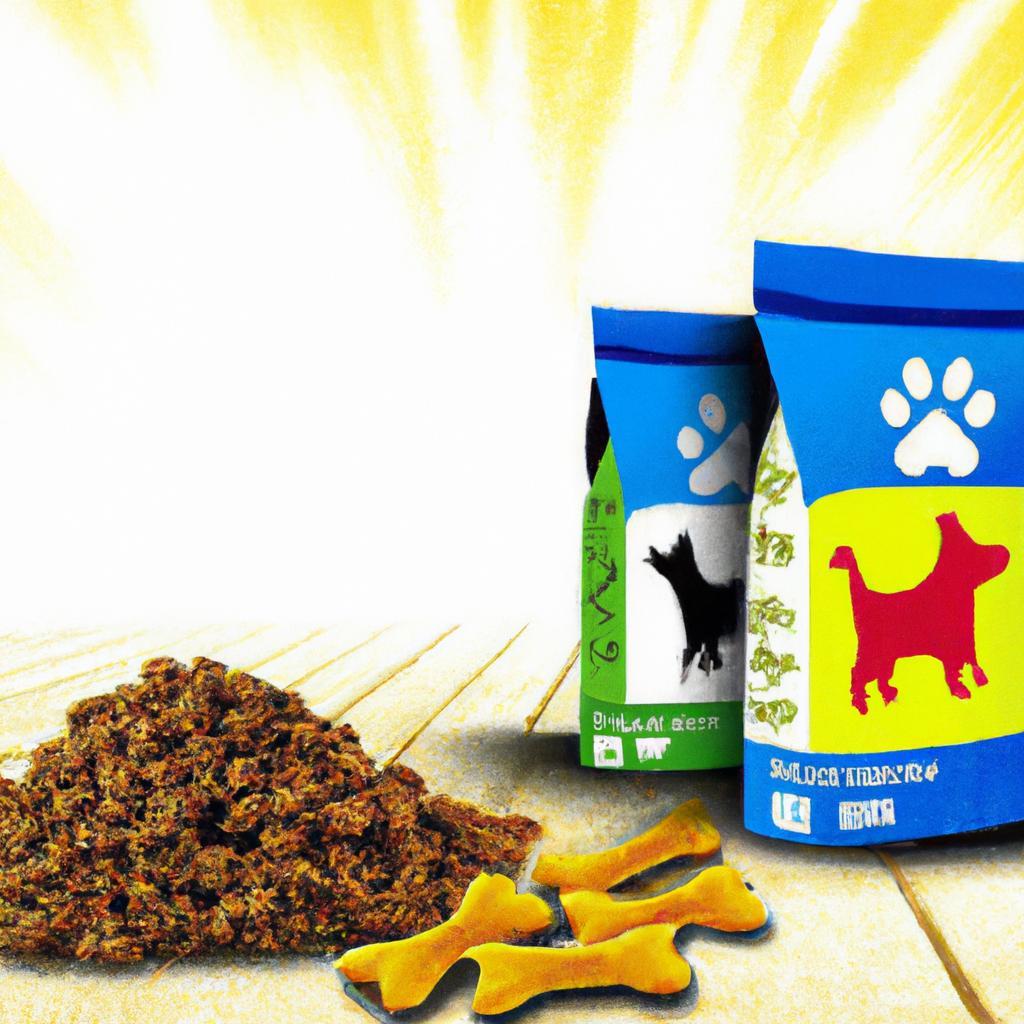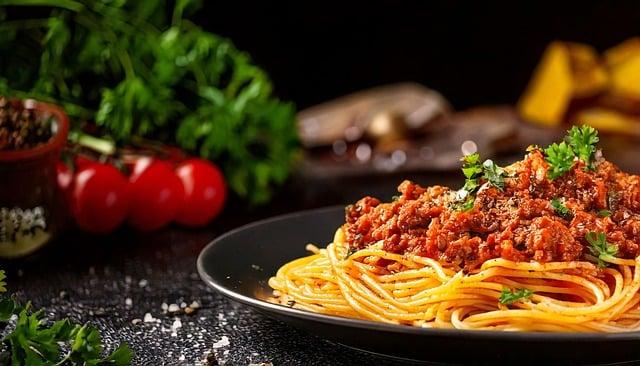Imagine a dog named Max, who eagerly awaits mealtime. His owner, Sarah, wonders if she can mix raw and dry dog food to give him the best of both worlds. After researching, she discovers that combining these diets can provide a balanced nutrition boost, but it requires careful planning. Mixing raw and dry food can enhance flavor and texture, making meals more enticing for picky eaters. However, Sarah learns to consult her vet to ensure Max’s health and digestion remain optimal. With the right guidance, Max thrives, and mealtime becomes a delightful experience!
Contents
- Understanding the Nutritional Needs of Your Dog
- Evaluating the Benefits and Risks of Mixing Raw and Dry Dog Food
- Best Practices for Safely Combining Raw and Dry Dog Food
- Consulting with Veterinarians for Tailored Feeding Strategies
- Q&A
Understanding the Nutritional Needs of Your Dog
When it comes to your dog’s diet, understanding their nutritional needs is paramount. Dogs require a balanced mix of proteins, fats, carbohydrates, vitamins, and minerals to thrive. Each of these components plays a crucial role in maintaining their overall health, energy levels, and immune function. By ensuring that your dog receives the right nutrients, you can help prevent various health issues and promote a longer, happier life.
Raw food diets often emphasize high protein content and natural ingredients, which can be beneficial for dogs. However, they may lack certain essential nutrients that are typically found in commercial dry dog food. On the other hand, dry food is formulated to provide a complete and balanced diet, often fortified with vitamins and minerals. Mixing these two types of food can potentially offer the best of both worlds, but it’s essential to do so thoughtfully.
When considering a mixed diet, keep in mind the following factors:
- Digestive Compatibility: Dogs have different digestive processes for raw and dry food. Mixing them can lead to gastrointestinal upset if not introduced gradually.
- Portion Control: Ensure that the combined caloric intake meets your dog’s specific needs without overfeeding, which can lead to obesity.
- Quality of Ingredients: Always choose high-quality raw and dry food options to ensure that your dog receives the best nutrition possible.
- Consult a Veterinarian: Before making any significant changes to your dog’s diet, it’s wise to consult with a veterinarian to tailor the diet to your dog’s individual health requirements.
Ultimately, the decision to mix raw and dry dog food should be based on your dog’s unique health profile, lifestyle, and preferences. By carefully considering their nutritional needs and monitoring their response to dietary changes, you can create a feeding regimen that supports their health and well-being. Remember, a well-nourished dog is a happy dog, and your commitment to their diet will pay off in the long run.
Evaluating the Benefits and Risks of Mixing Raw and Dry Dog Food
When considering the combination of raw and dry dog food, it’s essential to weigh the potential benefits against the risks involved. One of the primary advantages of mixing these two types of diets is the opportunity to provide a more balanced nutritional profile. Raw food is often rich in essential nutrients, enzymes, and proteins that can enhance your dog’s overall health. By incorporating dry food, which typically contains added vitamins and minerals, you can create a more comprehensive meal that supports various aspects of your dog’s well-being.
Another benefit is the potential for improved palatability. Many dogs find raw food more appealing due to its natural flavors and textures. Mixing it with dry food can entice picky eaters and encourage them to consume their meals. Additionally, the crunchiness of dry kibble can help maintain dental health by reducing plaque buildup, which is a common concern for pet owners. This combination can lead to a more enjoyable eating experience for your furry friend.
However, it’s crucial to be aware of the risks associated with this dietary approach. One significant concern is the possibility of digestive upset. Dogs have different digestive systems, and introducing raw food alongside dry kibble can lead to gastrointestinal issues such as diarrhea or vomiting. To mitigate this risk, it’s advisable to gradually transition your dog to a mixed diet, allowing their digestive system to adjust over time. Monitoring your dog’s response to the new diet is essential to ensure they are tolerating it well.
Furthermore, there are potential food safety concerns when handling raw food. Bacteria such as Salmonella and E. coli can pose risks not only to your dog but also to humans in the household. It’s vital to practice proper food handling techniques, including thorough washing of hands and surfaces, to minimize these risks. Consulting with a veterinarian or a pet nutritionist can provide valuable insights tailored to your dog’s specific needs, ensuring that the benefits of mixing raw and dry food outweigh the potential drawbacks.
Best Practices for Safely Combining Raw and Dry Dog Food
When considering the combination of raw and dry dog food, it’s essential to prioritize your pet’s health and safety. **Start by choosing high-quality ingredients** for both types of food. Look for raw options that are sourced from reputable suppliers and dry food that meets the nutritional standards set by veterinary associations. This ensures that your dog receives balanced nutrition without the risk of harmful additives or contaminants.
**Introduce the mix gradually** to allow your dog’s digestive system to adjust. Begin by incorporating a small amount of raw food into their regular dry food, observing how they respond over several days. If your dog shows signs of discomfort or digestive upset, consider reducing the amount of raw food or consulting with your veterinarian. This gradual approach helps to minimize any potential gastrointestinal issues that may arise from sudden dietary changes.
**Maintain proper food storage and handling practices** to prevent bacterial contamination. Raw food should always be kept refrigerated or frozen until it’s time to serve, while dry food should be stored in a cool, dry place. When preparing meals, use separate utensils and bowls for raw and dry food to avoid cross-contamination. Always wash your hands thoroughly after handling raw ingredients to ensure that you don’t inadvertently spread harmful bacteria.
Lastly, **monitor your dog’s health closely** after introducing a mixed diet. Regular vet check-ups can help you track your pet’s weight, coat condition, and overall well-being. If you notice any changes in behavior, appetite, or digestion, it may be necessary to reassess the combination of foods you are providing. Keeping an open line of communication with your veterinarian will help you make informed decisions that best suit your dog’s individual needs.
Consulting with Veterinarians for Tailored Feeding Strategies
When considering the best diet for your canine companion, it’s essential to recognize that every dog is unique, with individual nutritional needs that can vary based on age, breed, health status, and activity level. Consulting with veterinarians can provide invaluable insights into creating a tailored feeding strategy that aligns with your dog’s specific requirements. These professionals possess the expertise to evaluate your dog’s health and lifestyle, ensuring that any dietary changes, including the mixing of raw and dry food, are safe and beneficial.
Veterinarians can help you understand the potential risks and benefits associated with combining different types of dog food. They can guide you on how to balance the nutritional components effectively, ensuring that your dog receives a well-rounded diet. Some key considerations include:
- Digestive Health: Understanding how your dog’s digestive system reacts to different food types.
- Nutritional Balance: Ensuring that the combined diet meets all essential nutrient requirements.
- Allergies and Sensitivities: Identifying any food allergies that may affect your dog’s health.
Moreover, veterinarians can provide personalized feeding guidelines that take into account your dog’s specific health conditions. For instance, if your dog has a sensitive stomach or certain medical conditions, a vet can recommend the best approach to mixing raw and dry food, or suggest alternatives that maintain nutritional integrity without compromising your dog’s well-being. This tailored advice can prevent potential digestive issues and promote overall health.
regular check-ins with your veterinarian can help monitor your dog’s response to the new feeding strategy. Adjustments may be necessary based on your dog’s health and behavior. By maintaining an open line of communication with your vet, you can ensure that your dog thrives on a diet that is not only enjoyable but also nutritionally sound. This proactive approach to your dog’s diet will lead to a happier, healthier life for your furry friend.
Q&A
-
Is it safe to mix raw and dry dog food?
Mixing raw and dry dog food can pose health risks due to the potential for bacterial contamination in raw food. It’s essential to ensure that both types of food are handled and stored properly to minimize these risks.
-
Will my dog digest mixed food properly?
Dogs have different digestion rates for raw and dry food. Mixing them may lead to digestive upset, including gas or diarrhea. It’s advisable to introduce new foods gradually and monitor your dog’s response.
-
Can mixing affect my dog’s nutritional balance?
Combining raw and dry food can lead to an unbalanced diet if not done correctly. Each type of food has its own nutritional profile, and it’s crucial to ensure that your dog receives the right balance of nutrients.
-
What do veterinarians recommend?
Many veterinarians recommend sticking to one type of diet to avoid complications. If you wish to transition your dog to a raw diet, consult your vet for guidance on how to do so safely and effectively.
while mixing raw and dry dog food can offer benefits, it’s essential to consult with a veterinarian to ensure your dog’s nutritional needs are met. Prioritize your pet’s health by making informed choices for a balanced diet.

大家好,我是彼得潘,專業的手法身體治療師。我喜歡探索和研究各種主題,並透過與人工智慧的合作分享專業、實用、有趣的文章。我們定期進行人工審核,以確保內容的準確性。如果您發現文章中有任何不準確的地方,請隨時與我們聯繫,我們會及時糾正。您可以透過 [email protected] 與我們聯繫。



